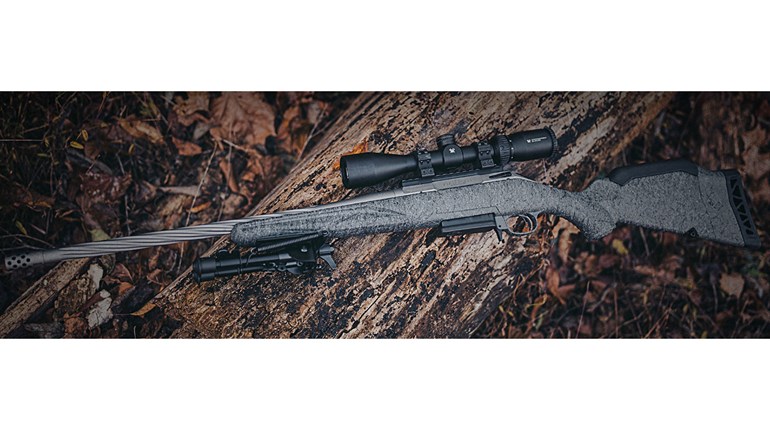
I’m old enough to remember using lead shot for hunting waterfowl; I was a young hunter when the lawsuits and new regulations began to go into effect, ending the use of lead over water. At that time, I was also the proud owner of a Savage-Stevens-Fox Model B-SE .410 bore side-by-side double—a perfect tool for a 14-year-old seeking adventure in the small-game woods and fields. I own that scattergun to this day, and it remains one of my favorite cottontail guns.
In that era, the little .410 was considered a kid’s gun; the 12-bore reigned supreme as the universal tool, the 16-gauge was on a serious decline though still popular with my elders, and the 20-gauge was for specialists, at least in our hunting circle. I have had four decades of fun with that gun, but in those four decades, the .410’s role in the hunting world sure has changed.

We now have a good number of loads—using alternative shot material—which extended the capabilities of the diminutive shotshell. The TSS Turkey shells with the No. 7 and even No. 9 shot are being used to take toms out to 50 yards and beyond; in my day anything less than a heavy load of large shot from a 12-gauge was considered a gamble. HEVI-Shot has now expanded their shotshell line to include their 12 g/cc tungsten shot in the .410 bore, with a ½-ounce load of No. 7 at a muzzle velocity of 1250 fps in the 3-inch magnum shells. This shot is over 50 percent more dense than traditional steel shot, making the HEVI-XII a logical choice for those who like to hunt waterfowl with the sub-gauge shotguns. The use of denser shot material results in the ability to use a finer shot, as the tungsten will retain energy better than other choices, and you can then put more pellets on the target. It isn’t cheap, but it sure is effective. While HEVI-Shot indicates that these shotshells are intended for waterfowl, I see no reason why they wouldn’t work equally well for turkey. Sold in 25-count boxes with an MSRP of $104.99.
For more information, visit hevishot.com.




































